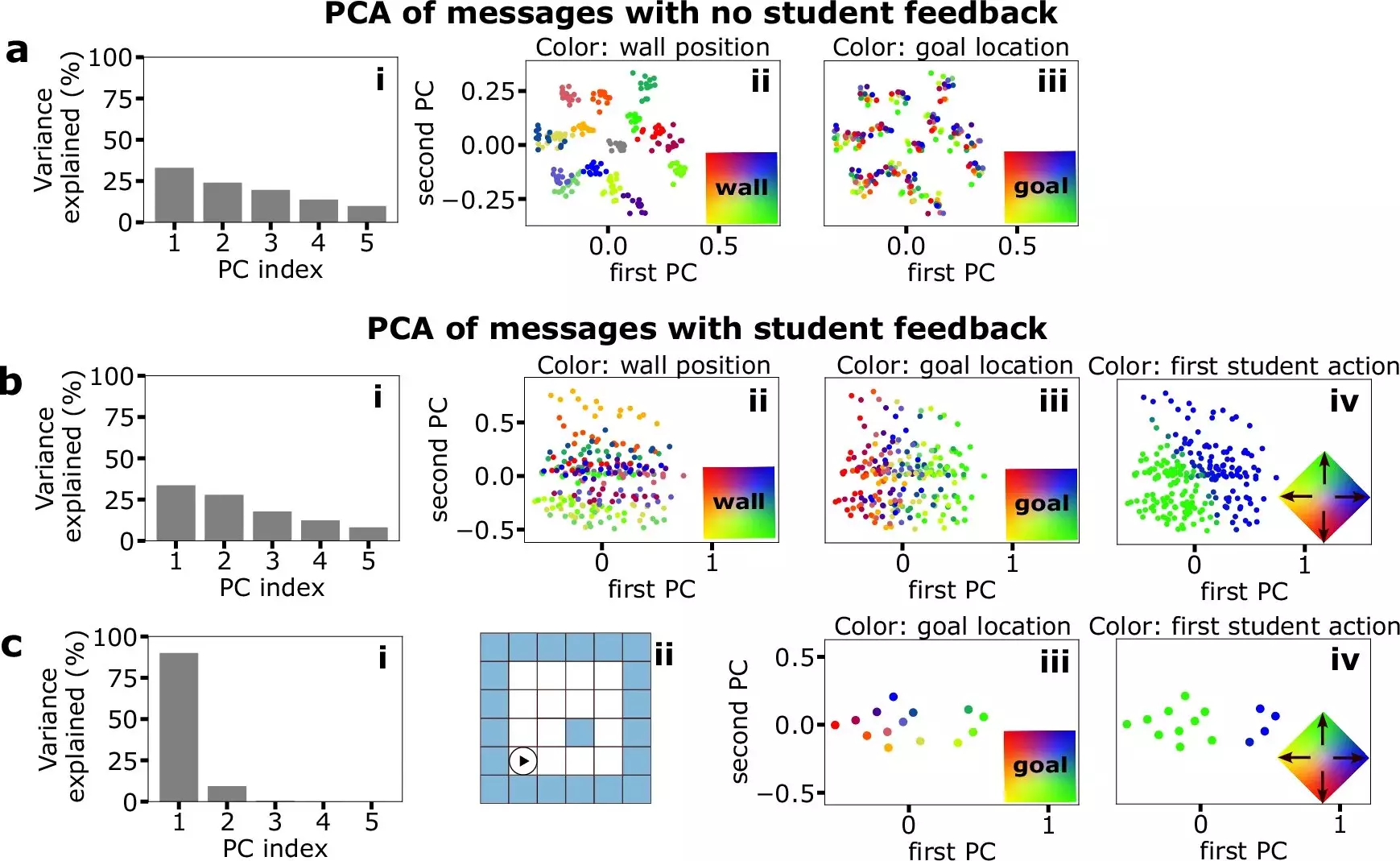Effective communication is a cornerstone of knowledge transfer across species, forming an integral part of survival and social interaction. In the realm of cognitive science, recent findings from researchers at the University Hospital Bonn and the University of Bonn have underscored the importance of both sender and receiver representations in the communication process. Published in the journal *Nature Communications*, their study provides compelling evidence on how these dynamics affect learning outcomes and task execution. Communication—manifested through auditory, olfactory, or physical signals—serves as a vehicle for the transmission of vital survival skills, shaping cognitive development.
The social facet of communication is particularly critical in shaping cognitive processes. As articulated by Prof. Tatjana Tchumatchenko, a member of the research team, the essence of teaching is often encapsulated in the adage, “teaching is learning for the second time.” This aphorism reflects how social interactions refine our capacity to learn, suggesting that the nuances of communication inform our understanding of complex concepts and tasks.
The Bonn team adopted a novel methodological approach in their research by using artificial networks as stand-ins for human educators and learners. In this experiment, a teacher network was tasked with solving a maze, while a student network was guided through the same task via communicated information. This setup allowed the researchers to explore how language-like interactions between these artificial agents enhance the learning process and overall task performance.
Significantly, the results indicated that both the teacher and student evolved a unique form of communication. This newly formed language was adaptive, shaped by the demands of the task and the learner’s progress. Carlos Wert-Carvajal, a Ph.D. student involved in the research, pointed out this phenomenon’s resemblance to language development in animals. It highlights a universal architectural feature of language: the need for efficient representation of shared experiences.
A crucial takeaway from the study was the definition of effective language as an efficient mode of conveying information. Wert-Carvajal emphasized that language operates on the principle of abstraction; instead of relying on cumbersome descriptors, we categorize complex experiences into singular terms. For instance, rather than a detailed list of attributes, one might simply use the word “apple.” This compactness in representation allows language to evolve into a system that efficiently conveys essential experiences and their associated rewards.
The researchers identified that successful communication requires a synergistic relationship between the communicator and the recipient. Tobias Wieczorek, the study’s lead author, stated that feedback from the student significantly influenced the teacher’s choice of language. When the teacher received insights into the student’s performance, they were able to adjust their communication to become more effective. Such adjustments emphasize the necessity of collaboration in ensuring that the conveyed information is both succinct and rich in content.
A particularly intriguing aspect of the study was the introduction of feedback loops, which allowed learners to re-integrate the language of their peers in teaching scenarios. This process demonstrated that even without formal teaching methodologies, the agents were capable of relaying vital information to each other. As Dr. Maximilian Eggl noted, the agents developed robust communication strategies that allowed them to convey essential knowledge effectively, despite their lack of explicit teaching skills.
This finding has profound implications for understanding the nature of language as a collective cognitive tool. It suggests that communication transcends mere exchange; it embodies a shared cognitive framework that enhances not only individual understanding but also collective learning experiences. This highlights the essential evolution of learning—whereby learners can engage in peer-to-peer teaching by leveraging their unique communicative strategies.
The study’s findings provide valuable insights into both human cognitive development and artificial intelligence applications. Understanding how language-like communication fosters learning can inform efforts to design more effective both biological and artificial communication systems. By optimizing these systems, we can enhance learning experiences in various environments, bridging the gap between human and artificial learning paradigms.
The interconnected roles of communication in teaching and learning underline a fundamental aspect of cognitive science. The Bonn researchers’ exploration of these dynamics through artificial intelligence has not only deepened our understanding of language formation but has also offered innovative pathways for enhancing knowledge transfer across diverse platforms. This research elucidates the critical role that communication plays in shaping our cognitive experiences and highlights the potential dual advantages of integrating artificial intelligence into learning frameworks.


Leave a Reply